As the crisp autumn air settles across Canada, kitchens from Vancouver to St. John’s begin radiating the warm, spiced aroma of baking pumpkin pie. This iconic dessert holds a place of honor at Canadian Thanksgiving tables, serving as both a sweet finale to the feast and an edible tribute to the harvest season. Unlike its American counterpart celebrated in November, Canadian Thanksgiving arrives on the second Monday of October—a timing that aligns perfectly with peak pumpkin availability across most provinces.
The tradition of pumpkin pie in Canada traces its roots to early Indigenous harvest celebrations and French and British colonial influences. Indigenous peoples cultivated pumpkins long before European contact, often roasting or drying the flesh for winter storage. French settlers introduced the concept of pie pastry, while British colonists brought their fondness for spiced custards. By the late 19th century, these culinary threads had woven together into the pumpkin pie we recognize today—a silky, cinnamon-kissed filling cradled in flaky pastry, frequently crowned with whipped cream or a scoop of vanilla ice cream.
Regional variations across Canada reveal fascinating adaptations to local tastes and ingredients. In Quebec, many bakers add a splash of maple syrup to their filling, creating a distinctly Canadian twist on the classic recipe. Prairie provinces often feature pies with particularly dense, velvety textures—a result of using thick-skinned Dickinson pumpkins favored by local growers. Coastal communities sometimes incorporate a pinch of ground ginger or allspice, nodding to historic spice trade routes. Newfoundland’s version might include a dusting of crushed bakeapple berries for tart contrast, while Ontario orchards inspire apple-pumpkin hybrid pies during abundant harvest years.
Selecting the ideal pumpkin remains a cherished seasonal ritual for many Canadian families. While canned puree offers convenience, countless enthusiasts still seek out sugar pumpkins—smaller, sweeter varieties with firm orange flesh—at farmers’ markets. “Field-to-crust” purists roast and strain their own pumpkin, believing this extra step delivers superior flavor and texture. Food scientists confirm this isn’t mere nostalgia; fresh pumpkin contains more volatile aromatic compounds that intensify during slow roasting, though modern canned versions have narrowed the quality gap significantly.
The pastry debate sparks nearly as much discussion as the filling. Traditionalists insist on hand-rubbed butter crusts using chilled Canadian dairy butter, while time-pressed hosts increasingly opt for reliable frozen shells. A rising trend sees bakers substituting lard or even crushed ginger snaps for the bottom crust, particularly in gluten-free adaptations. Regardless of method, the ideal crust should provide structural integrity without overshadowing the spiced filling—a balance achieved through proper blind baking and egg washes.
Thanksgiving pumpkin pie carries emotional weight beyond its ingredients. For many Canadians, the act of preparing and sharing this dessert connects them to childhood memories and departed loved ones. Cookbooks splattered with decades-old pumpkin puree stains become family heirlooms, while secret ingredient additions (a dash of bourbon, a hint of black pepper) spark friendly intergenerational debates. Food psychologists note that the pie’s familiar spice profile—cinnamon, nutmeg, clove—triggers powerful nostalgia due to the direct link between olfactory receptors and emotional memory centers in the brain.
Contemporary interpretations reflect Canada’s evolving culinary landscape. Vegan versions using coconut milk and flaxseed crusts have gained popularity, alongside keto-friendly almond flour alternatives. Some pastry chefs deconstruct the pie into parfaits or crème brûlées, while others highlight Indigenous heritage by incorporating wild-harvested squash varieties like Hubbard or Kabocha. Despite these innovations, surveys indicate most Canadians still prefer the classic preparation—a testament to the dessert’s enduring emotional resonance during Thanksgiving gatherings.
As forks scrape against empty pie plates each October, the Canadian pumpkin pie tradition continues evolving while maintaining its essential character. It serves not just as dessert, but as an edible expression of gratitude—for the harvest, for family, and for the shared stories baked into every slice. Whether enjoyed beside a roaring fireplace in Yukon or at a bustling urban potluck in Toronto, this humble pie remains a unifying symbol of Canada’s Thanksgiving spirit.
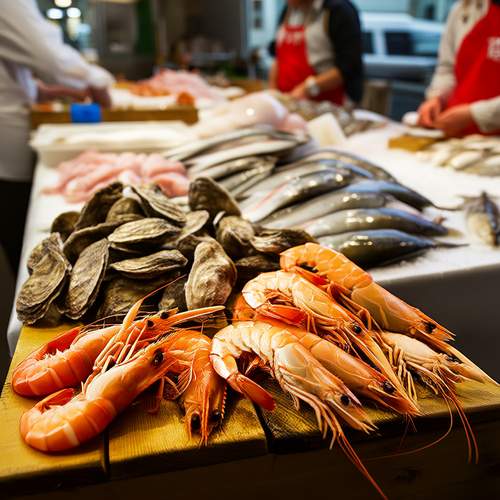
By /May 26, 2025
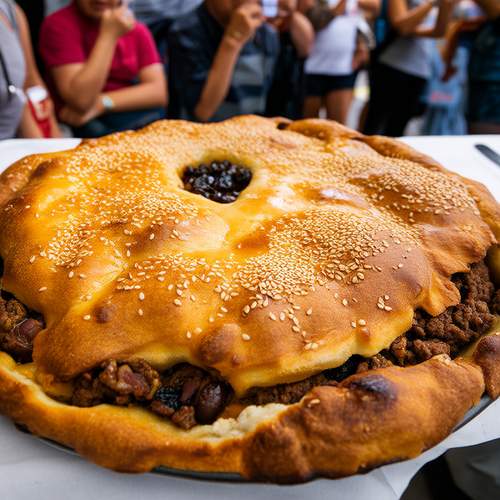
By /May 26, 2025
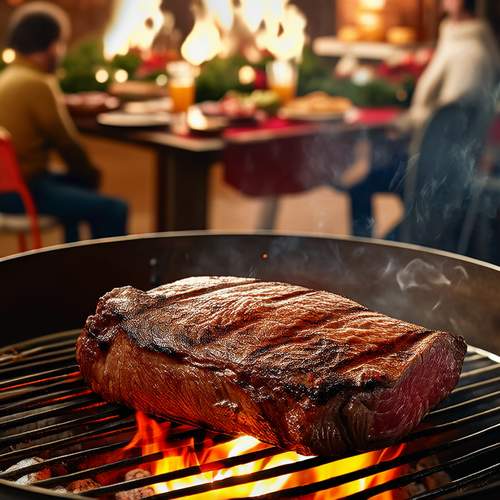
By /May 26, 2025
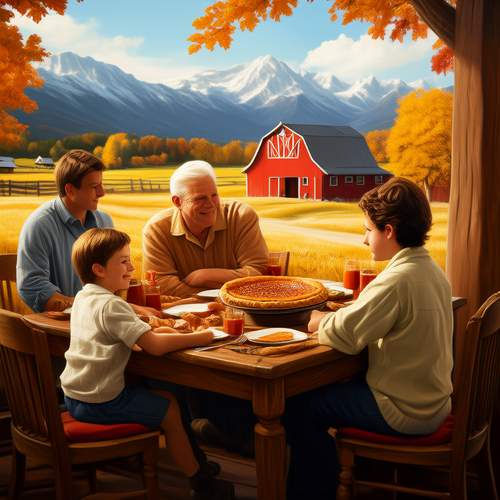
By /May 26, 2025
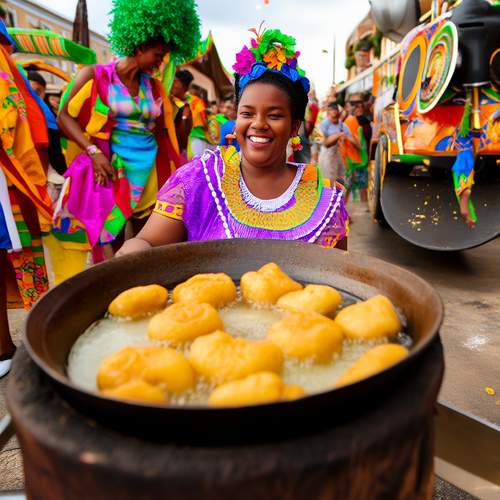
By /May 26, 2025
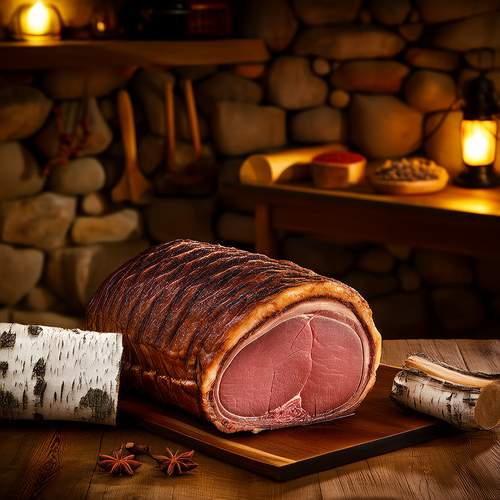
By /May 26, 2025
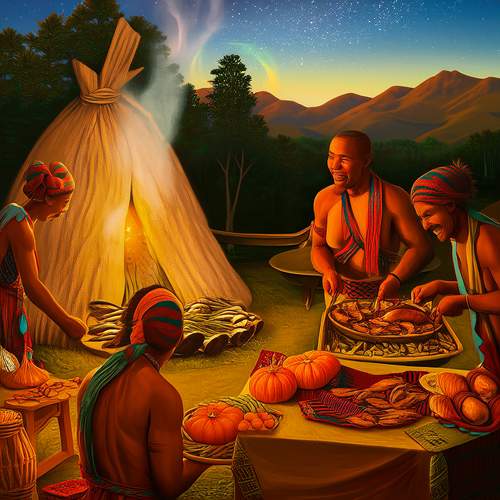
By /May 26, 2025

By /May 26, 2025
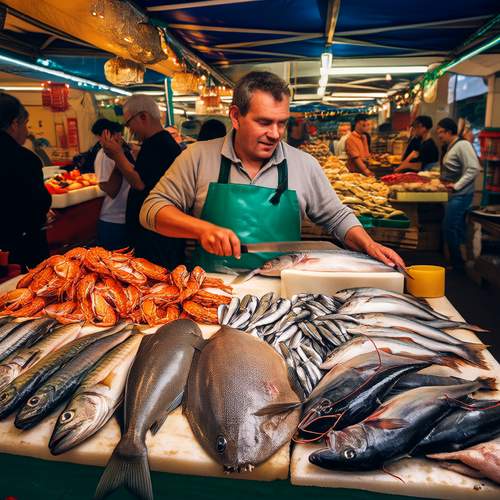
By /May 26, 2025
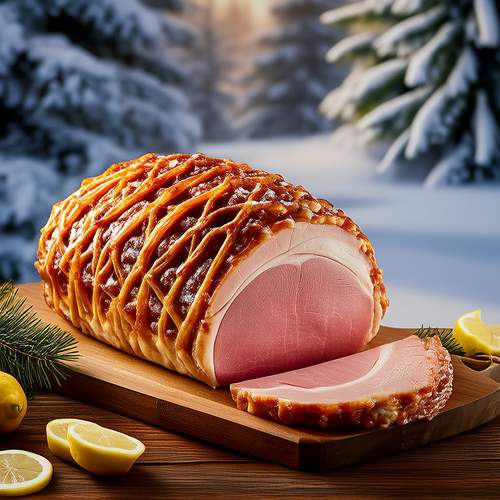
By /May 26, 2025
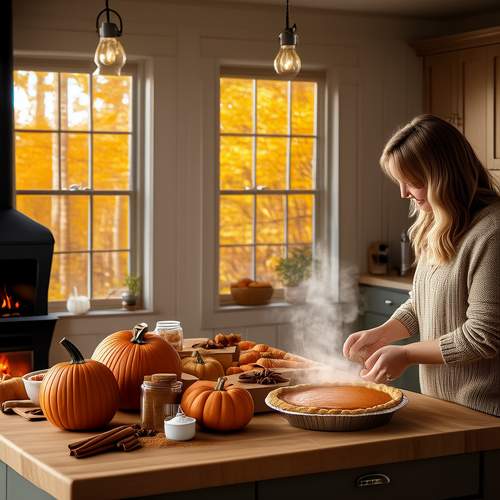
By /May 26, 2025
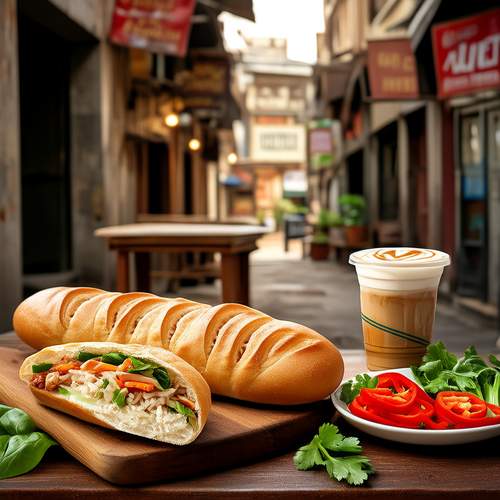
By /May 26, 2025
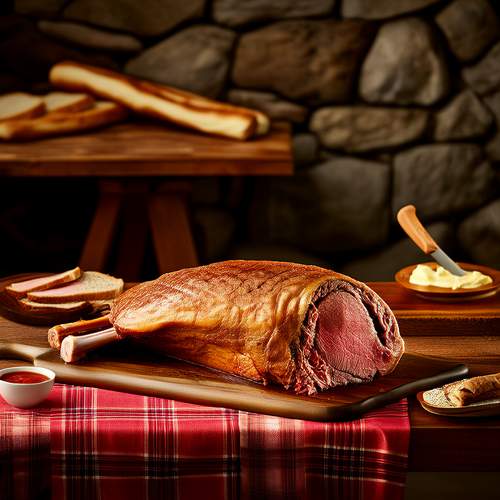
By /May 26, 2025
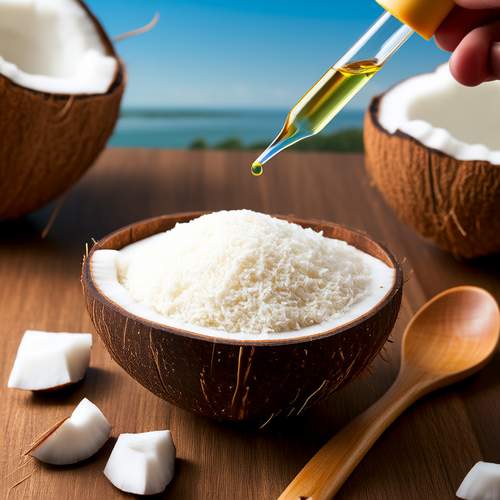
By /May 26, 2025
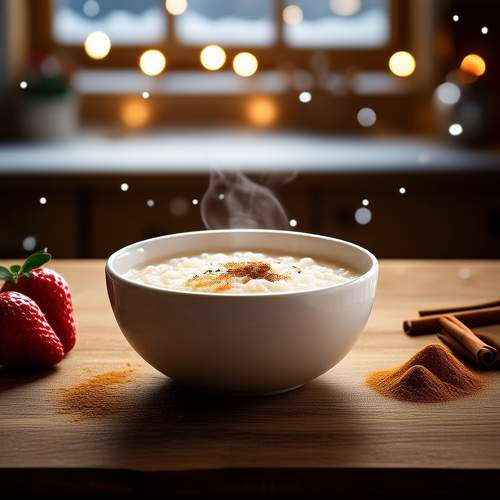
By /May 26, 2025

By /May 26, 2025
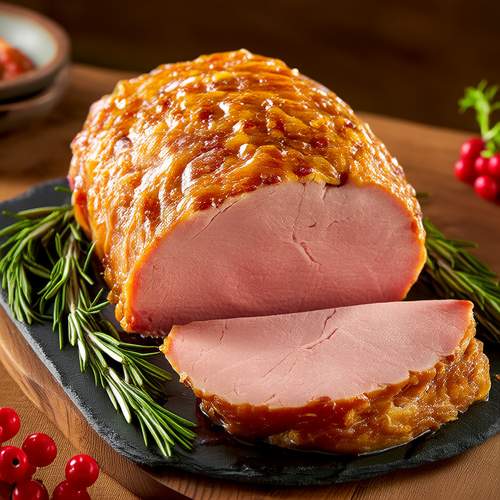
By /May 26, 2025